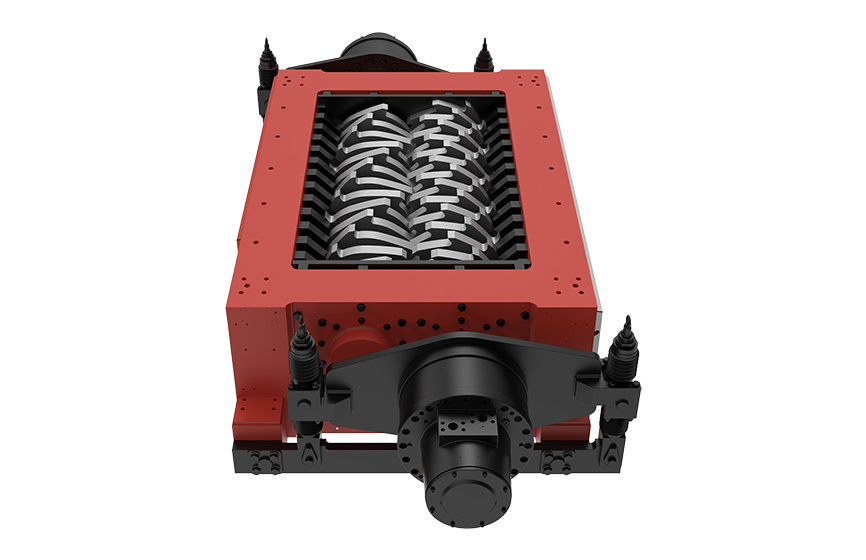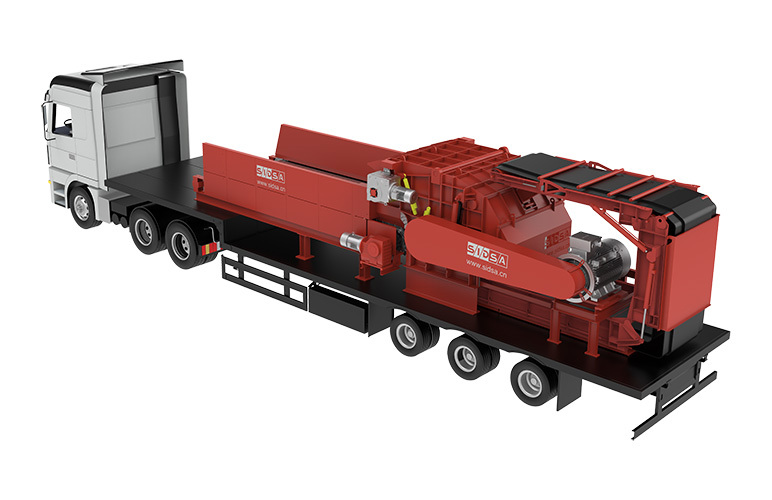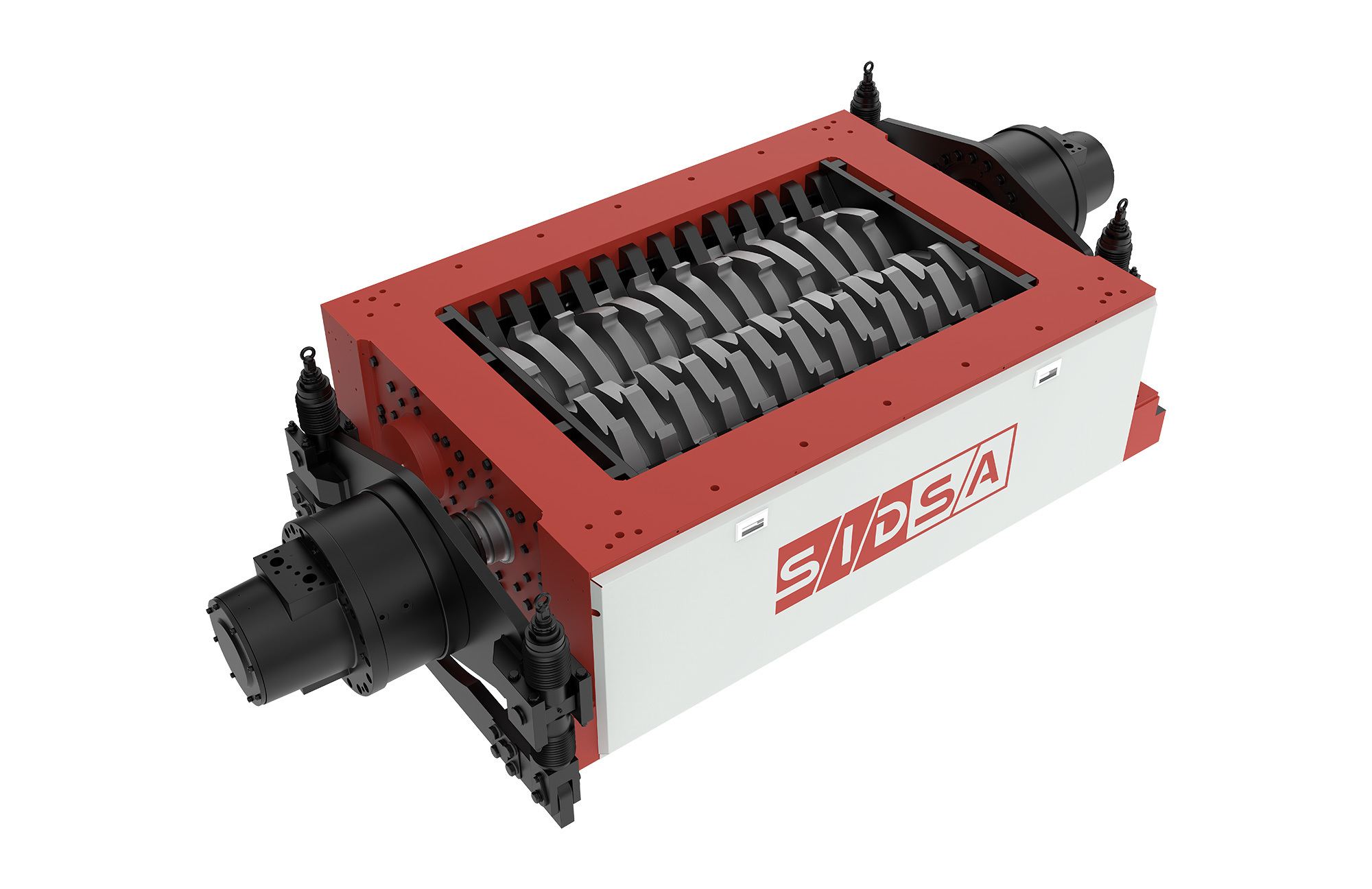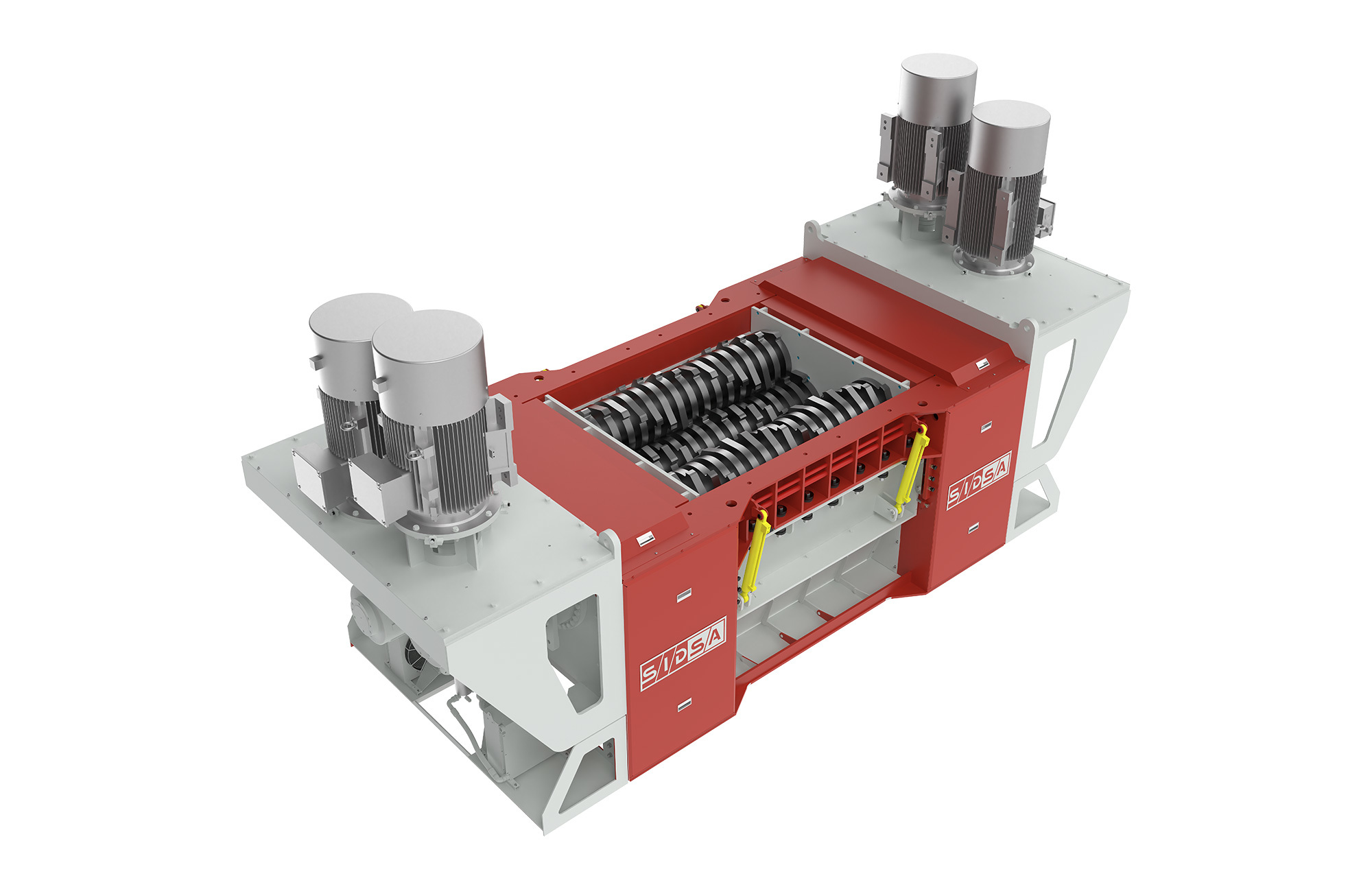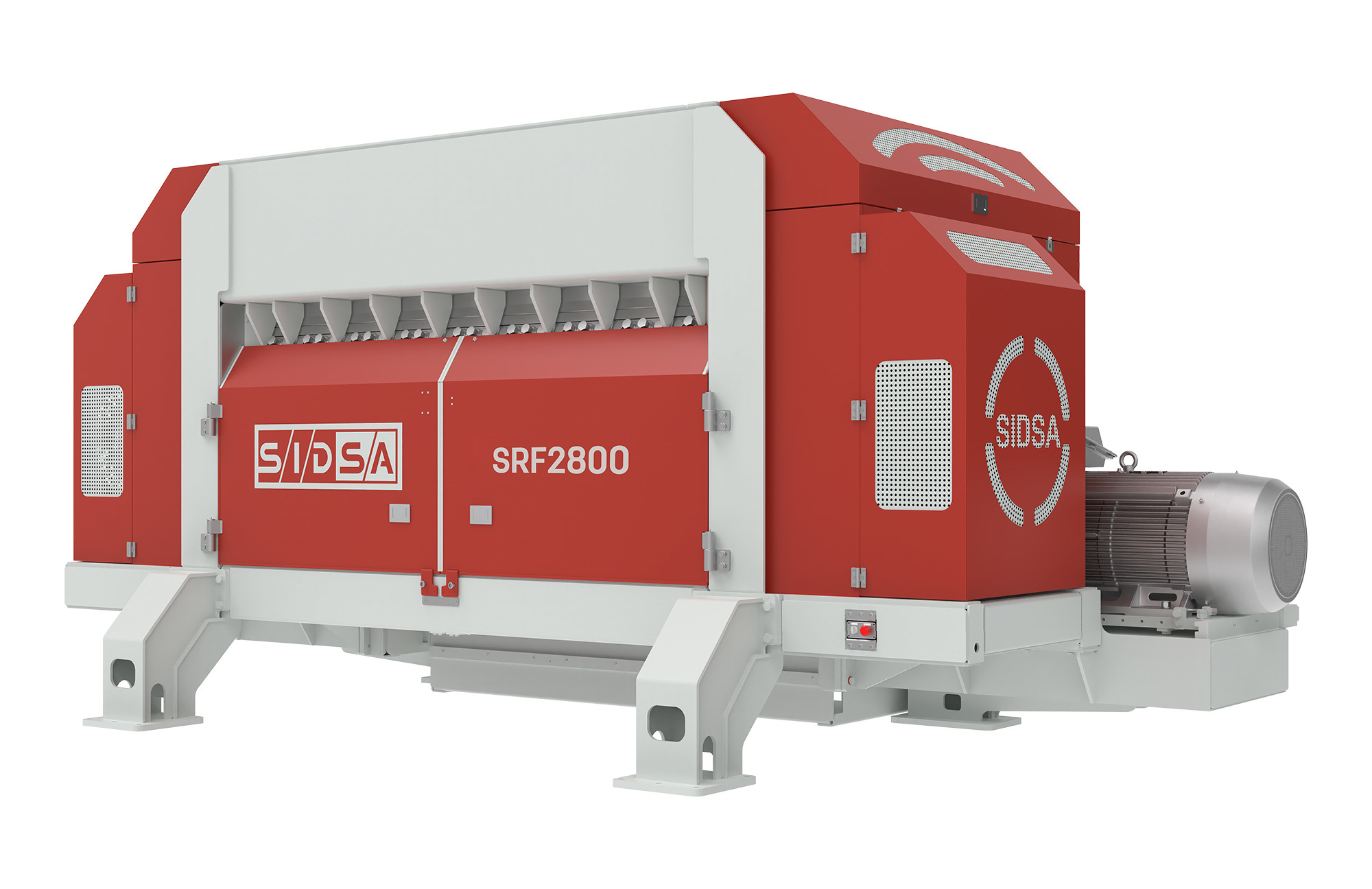Maximizing Efficiency with 2-Shaft Shredders for Alternative Fuel Production
Release Time:
May 13,2025
In the quest for sustainable energy solutions, the role of alternative fuels has gained significant importance. One of the essential tools in this process is the 2-shaft shredder, specifically designed to handle various materials that can be converted into alternative fuels. Understanding the functionality and advantages of 2-shaft shredders can significantly enhance efficiency and productivity in any recycling or waste management operation.
A 2-shaft shredder operates using two parallel shafts equipped with sharp blades that rotate in opposite directions. This design allows it to process a wide range of materials, including plastics, wood, tires, and other organic materials, which can be transformed into biomass or fuel pellets. The primary advantage of this system lies in its ability to produce uniform particle sizes, which is crucial for further processing and energy conversion.
When considering a 2-shaft shredder for alternative fuel production, it’s essential to assess the types of materials you plan to shred. Different materials may require different blade configurations and shaft speeds to optimize the shredding process. This versatility ensures that the shredder can accommodate various feedstocks, making it an invaluable asset in the production of alternative fuels.
Moreover, the efficiency of a 2-shaft shredder contributes to the overall sustainability of waste management practices. By effectively reducing materials into smaller, manageable pieces, these shredders facilitate easier handling and transportation. This not only streamlines the recycling process but also minimizes the energy required for subsequent processing steps.
Another important consideration is the maintenance and durability of the shredder. High-quality materials and robust construction are vital for prolonged operational life, especially when dealing with tough materials such as metal and rubber. Regular maintenance ensures that the machine operates at peak efficiency, reducing downtime and operational costs.
Additionally, safety features should never be overlooked. A well-designed 2-shaft shredder will include safety measures to protect operators during the shredding process. Understanding and adhering to these safety protocols is crucial for running an efficient and safe operation.
In conclusion, the implementation of a 2-shaft shredder for alternative fuel production represents a significant step towards enhancing recycling efforts and promoting sustainable energy solutions. By understanding the operational mechanics, material compatibility, and maintenance requirements, businesses can harness the full potential of this technology, driving forward the transition to cleaner energy resources. Investing in a high-quality 2-shaft shredder not only contributes to environmental sustainability but also enhances operational efficiency, making it a wise choice for manufacturers in the recycling and waste management sector.
A 2-shaft shredder operates using two parallel shafts equipped with sharp blades that rotate in opposite directions. This design allows it to process a wide range of materials, including plastics, wood, tires, and other organic materials, which can be transformed into biomass or fuel pellets. The primary advantage of this system lies in its ability to produce uniform particle sizes, which is crucial for further processing and energy conversion.
When considering a 2-shaft shredder for alternative fuel production, it’s essential to assess the types of materials you plan to shred. Different materials may require different blade configurations and shaft speeds to optimize the shredding process. This versatility ensures that the shredder can accommodate various feedstocks, making it an invaluable asset in the production of alternative fuels.
Moreover, the efficiency of a 2-shaft shredder contributes to the overall sustainability of waste management practices. By effectively reducing materials into smaller, manageable pieces, these shredders facilitate easier handling and transportation. This not only streamlines the recycling process but also minimizes the energy required for subsequent processing steps.
Another important consideration is the maintenance and durability of the shredder. High-quality materials and robust construction are vital for prolonged operational life, especially when dealing with tough materials such as metal and rubber. Regular maintenance ensures that the machine operates at peak efficiency, reducing downtime and operational costs.
Additionally, safety features should never be overlooked. A well-designed 2-shaft shredder will include safety measures to protect operators during the shredding process. Understanding and adhering to these safety protocols is crucial for running an efficient and safe operation.
In conclusion, the implementation of a 2-shaft shredder for alternative fuel production represents a significant step towards enhancing recycling efforts and promoting sustainable energy solutions. By understanding the operational mechanics, material compatibility, and maintenance requirements, businesses can harness the full potential of this technology, driving forward the transition to cleaner energy resources. Investing in a high-quality 2-shaft shredder not only contributes to environmental sustainability but also enhances operational efficiency, making it a wise choice for manufacturers in the recycling and waste management sector.
What Else Might You Learn?
SIDSA focuses on technological research and innovation in the field of waste pretreatment
Product
SIDSA focuses on technological research and innovation in the field of waste pretreatment








